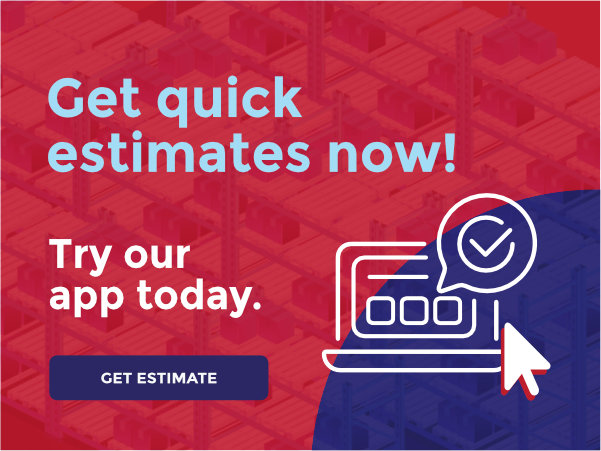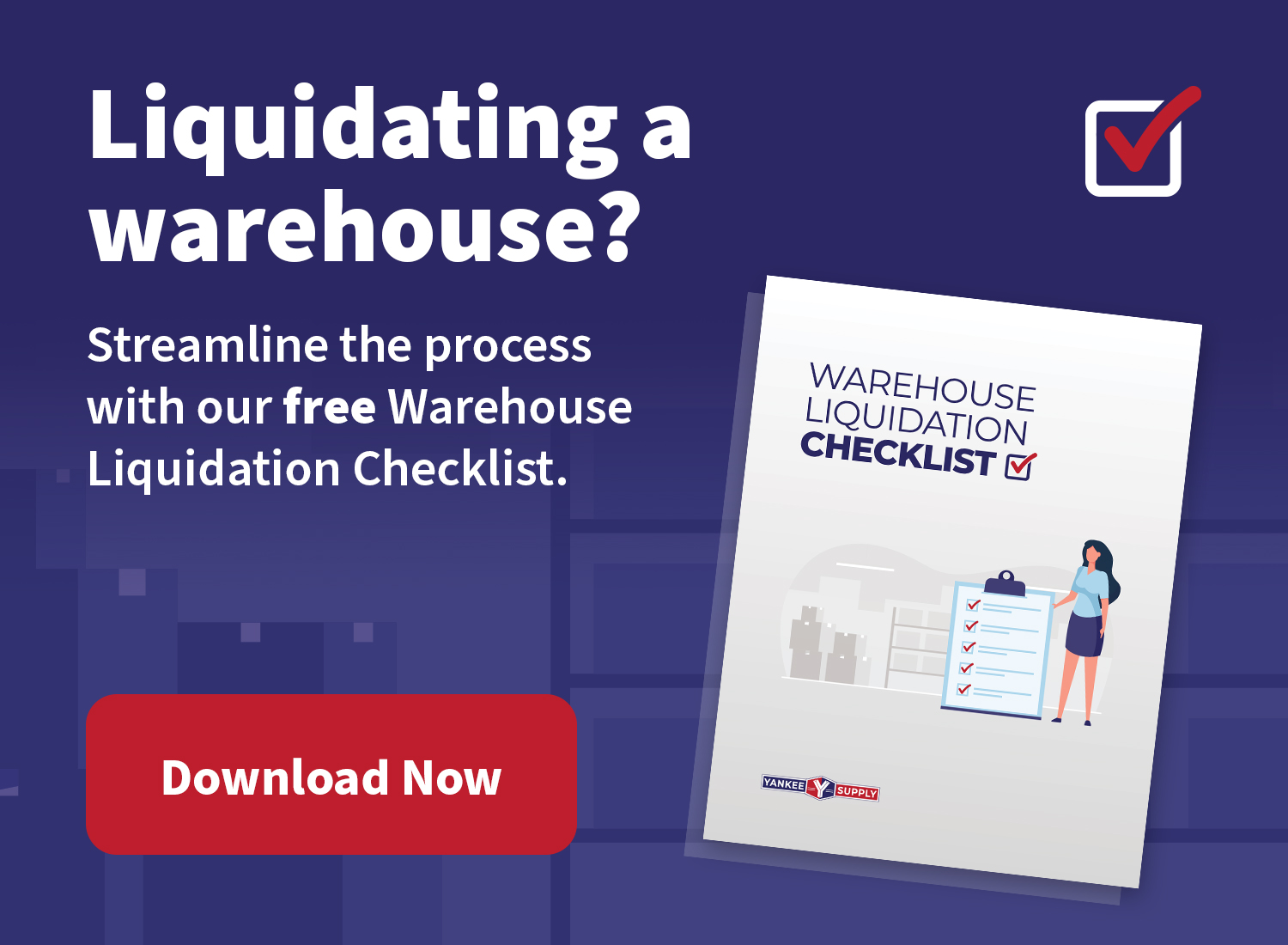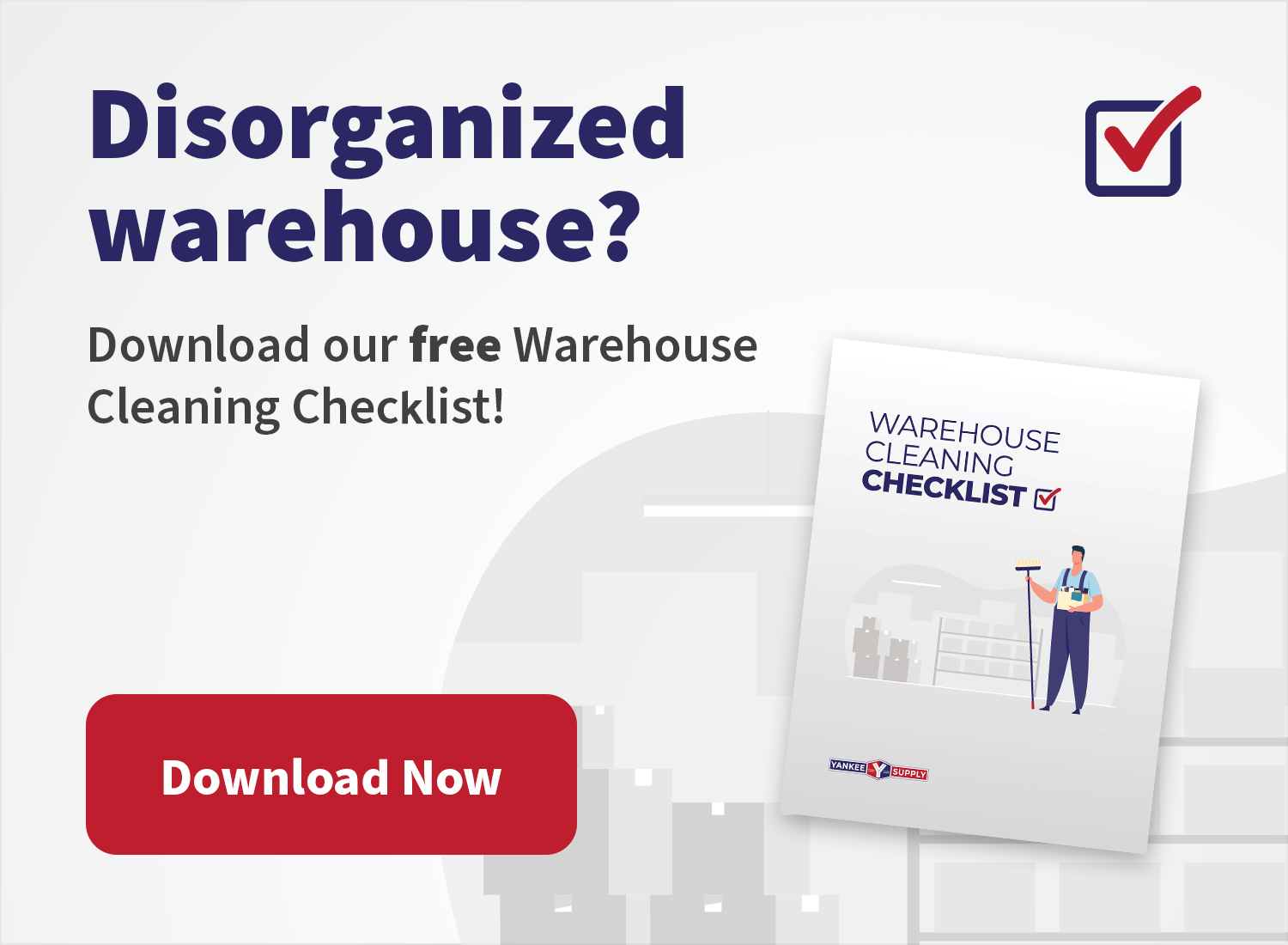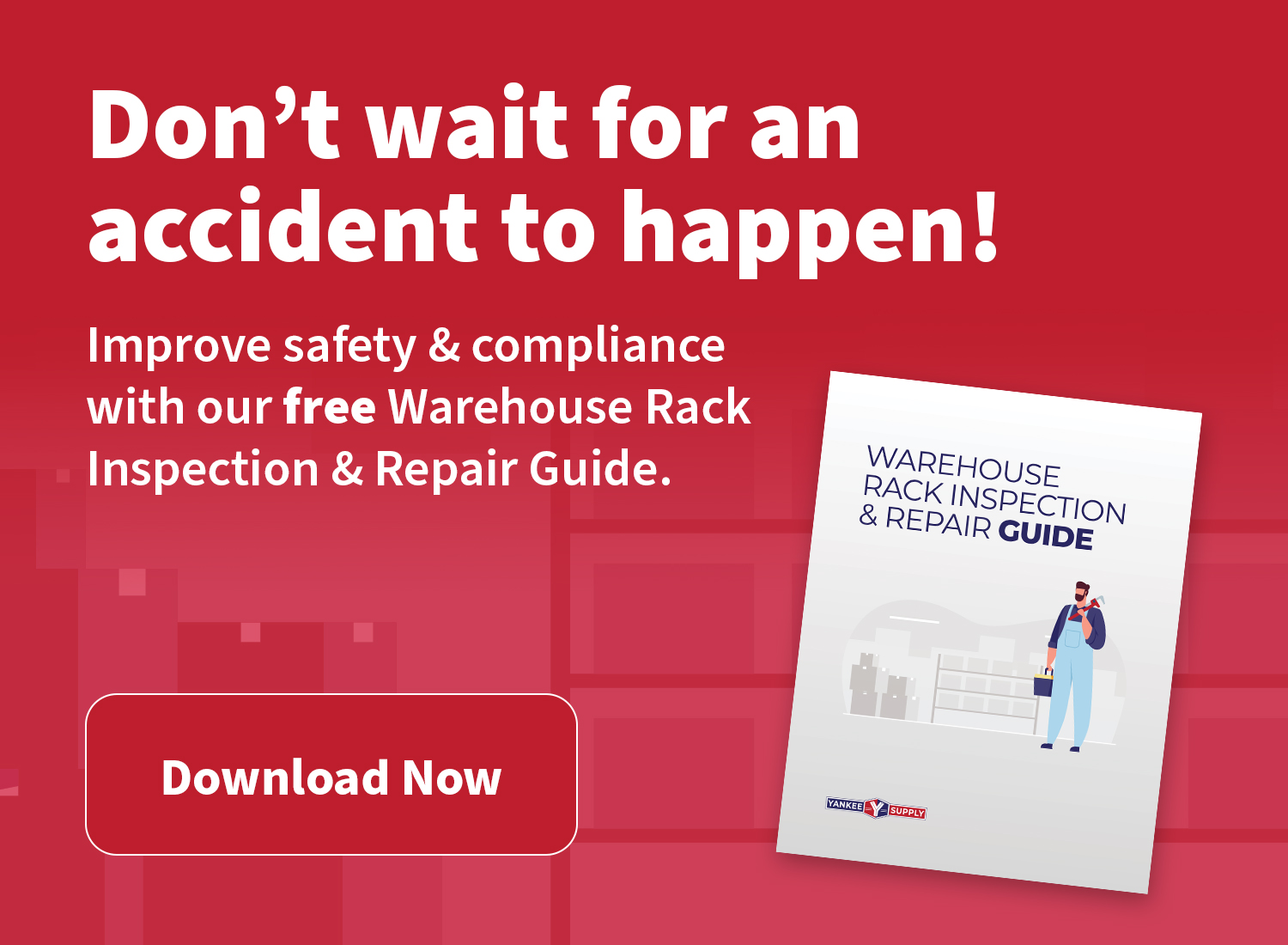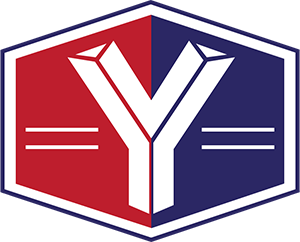In today’s business world, process is paramount. Warehouse layout optimization and equipment, including conveyor systems and automated guided vehicles (AGVs), has become an integral part of many company operations as they strive to maximize their efficiency and productivity. With the increase in online shopping since Covid began, paying attention to your warehouse layout optimization has become more critical than ever.
The success in today’s competitive marketplace involves a variety of factors — products offered, quality of customer service, speed of order fulfillment and inventory management.
The ability to quickly stock products to the shelves, locate specific items within low-level storage areas and retrieve items from high levels of storage with a minimum amount of handling can make or break any company.
A properly designed warehouse layout optimization will allow for faster access to all areas in the facility, maximizing the use of valuable space.
One of the most important factors when designing a warehouse layout optimizaton is being able to foresee future growth and business changes for your company.
The most effective and efficient warehousing operations are accomplished by incorporating an overall facility layout, as well as individual zone layouts that help maximize productivity within each work area. Let’s take a look at how to optimize your warehouse layout to maximize efficiency.
How to Maximize Your Warehouse Layout Optimization:
1. Be strategic about your warehouse layout optimization:
Figure out exactly where you want everything (and how you will get there) before doing anything else, including buying any equipment. Write down what you want to accomplish and the reasons why it is important. This helps clarify the end goals and generate ideas as to which solutions are best.
2. Conduct proper space analysis:
Use simple measurements to determine the amount of space you have and how it is being used. Compare the actual use with “ideal” use (where everything is in its most optimal location, usually determined by your company’s product flow diagrams). Don’t just look at usable floor space- you may be surprised how much space is wasted in random nooks and crannies.
3. Ace your aisle analysis:
Once you know the usable space within each bay, divide it into manageable sections with aisles separating them. This allows for better traffic flow as employees do not have to walk around obstructions in order to get from one spot to another.
Be sure to leave adequate aisle widths, at least 3 feet is recommended and 8-12 is optimal, but the width is primarily dependent on how much room the forklift needs to be safely operated. Put the heaviest product on either side of aisles, as it provides extra support and allows for better traffic flow. Aisles should be wider in front of high/heavy or popular items.
4. Make sure your bays are properly “zoned”:
Zoning is the process of arranging items within a bay such that they ideally require no moving of other products once put into place. Determine which types of items belong in each bay, and try to incorporate those with similar heights/weights and added difficulties (very large or very heavy items).
5. Separate your heavy lifters:
Heavy items, especially those that are high up or in hard-to-reach places, can be a challenge when moving them around the facility. Separate these from the main product flow to help optimize your warehouse layout optimization by making them less of a hassle to move around.
6. Stay organized:
Make sure that your inventory is clearly labeled, and keep the heaviest/largest items at the front of your warehouse. Label each item with its exact location, including aisle and bay number.
7. Be creative with storage:
Be resourceful when it comes to using every square inch of space you have. Store items in the middle if there is extra space. You will be surprised at how much you can fit when your items are arranged strategically.
8. Plan for your future:
It is good to hold on to extra space in the event that you may need it. That way you won’t have to worry about finding a place for something new if/when orders increase (or decrease, for that matter). Depending on your industry, you may also allow yourself room to grow into the facility.
9. Keep employees safe:
Make sure your warehouse is easy to navigate by using color-coded signs and product flow diagrams. Include direction arrows on the floor, and make sure you have at least two employees at all times. Make sure employees have access to proper PPE as well as hand trucks, and other equipment needed to maneuver heavy items.
You can include lists of “heavy hitters” or items that require special handling, in conjunction with a simple diagram showing exactly where they should go. Finally, make sure employees are trained on how to move these items safely and efficiently.
10. Understand driver needs:
Remember that your drivers are also part of the “customer service” aspect of your warehouse operation. Their load should be proportionate to their truck size, but if extra space is needed across a bay due to heavy/large items, it is better to give that space if possible.
11. Use the “outside in” method of loading:
This simply means that employees should put all easy-to-move items on top and then work their way down to the heavier items in the bottom of each bay. The result is that as employees move forward, they are pulling items out and unloading. It also makes it easier to see if there is enough space in the truck for loading purposes.
For the maximum, long-term warehouse layout optimization, it’s a good idea to hire an architect who can help you write a working blueprint on how best to use your warehouse space. This will minimize time wasted figuring out the most efficient layout for your facility. Besides, beginning with the right layout is always better than trying to retrofit a better layout later.
For more information on maximizing your warehouse layout optimization, contact Yankee Supply today. We have helped thousands of companies around the United States optimize their fulfillment operations (and even more) without spending a fortune—contact us now and learn how we can help you!


